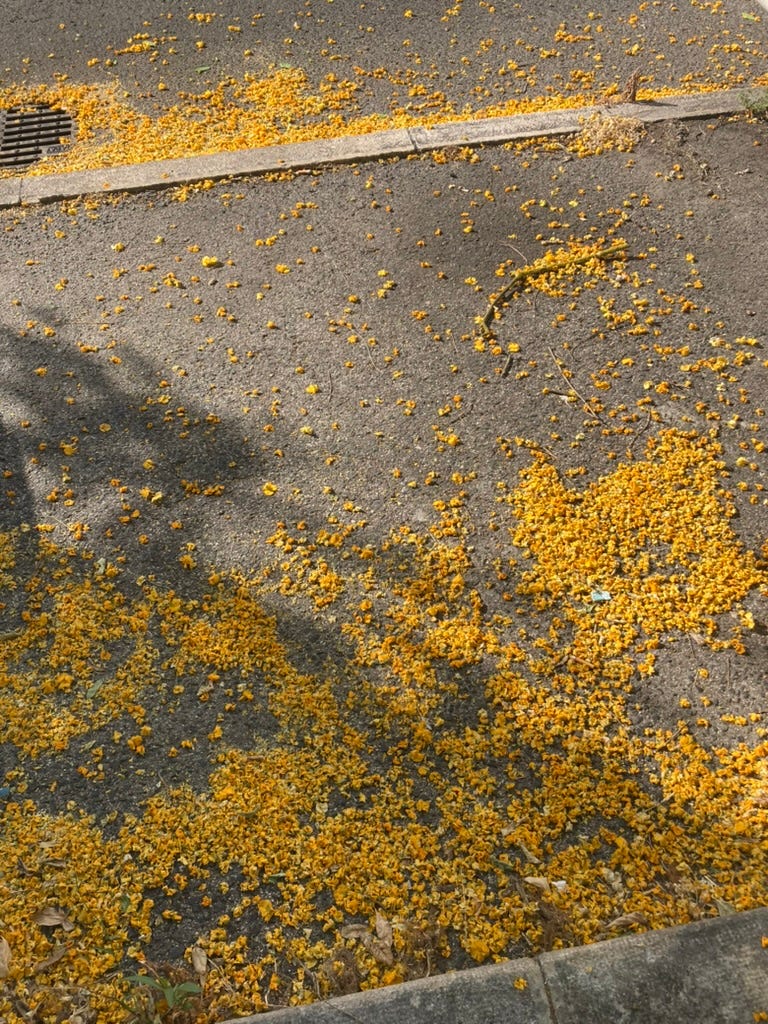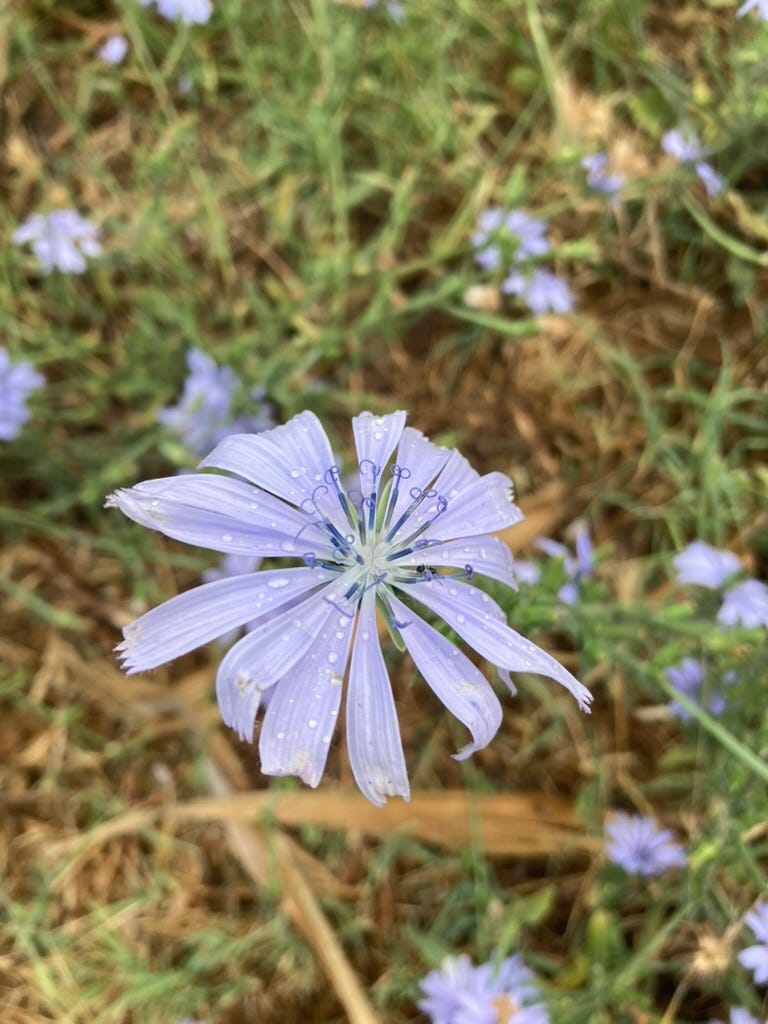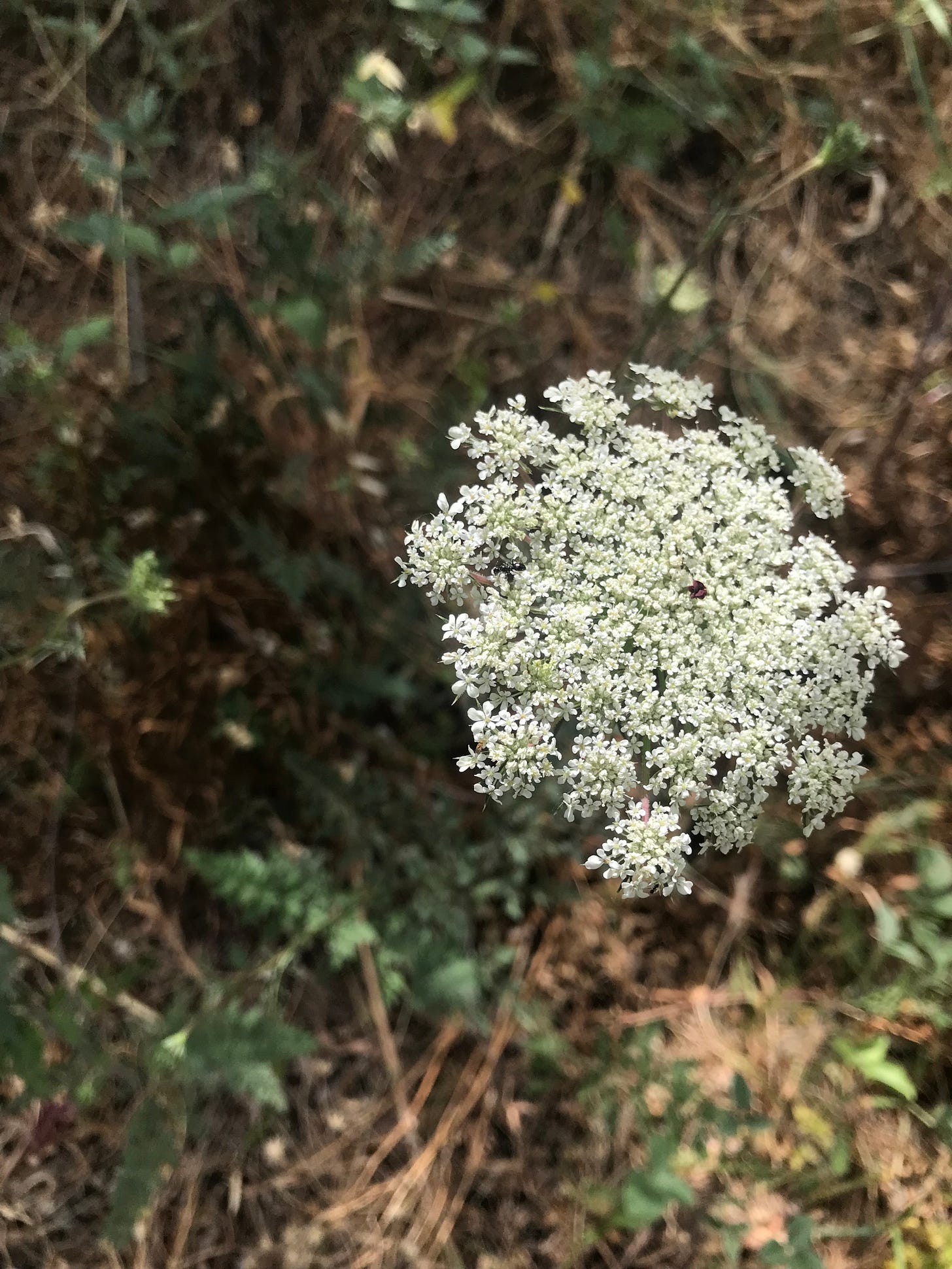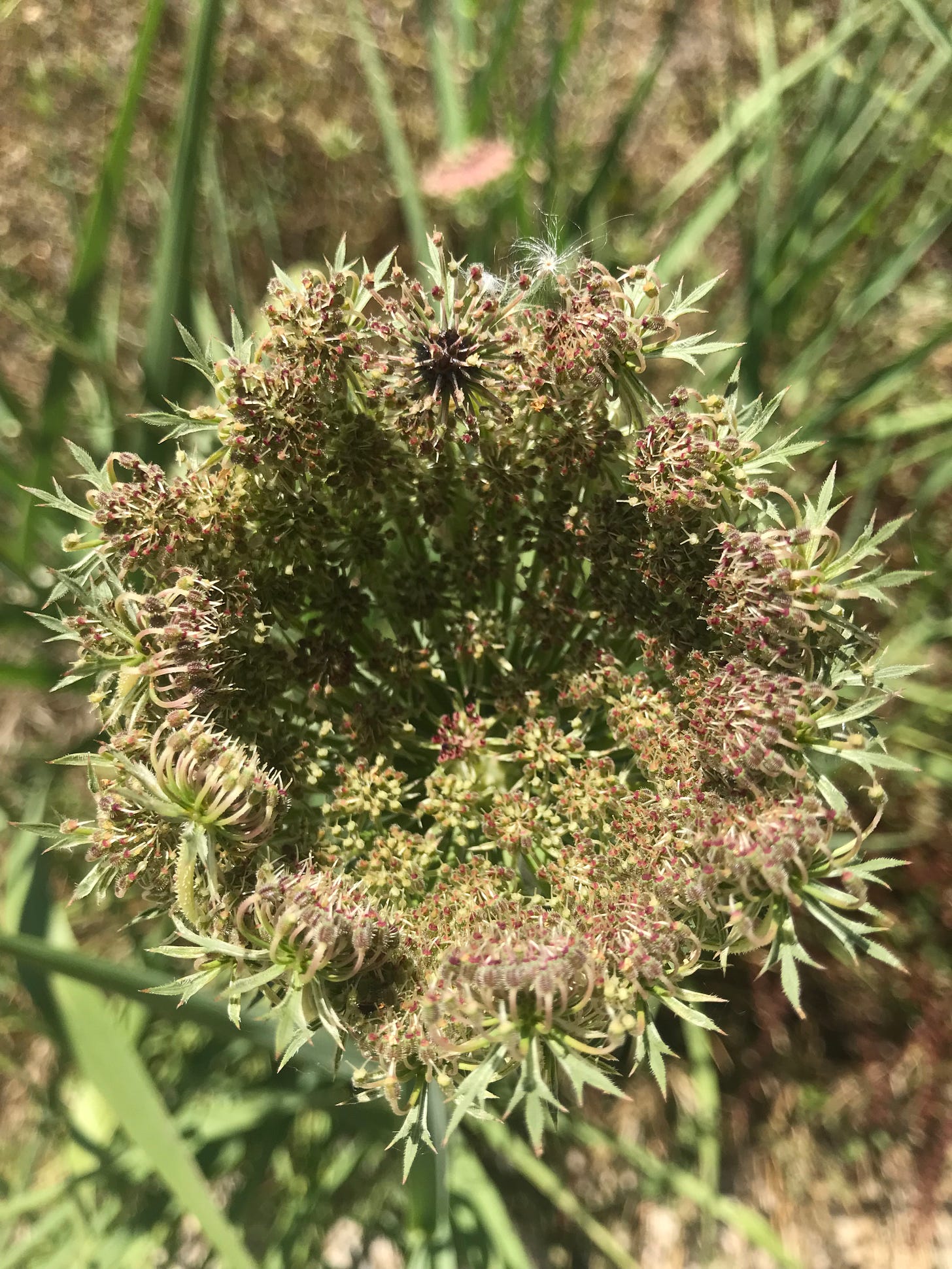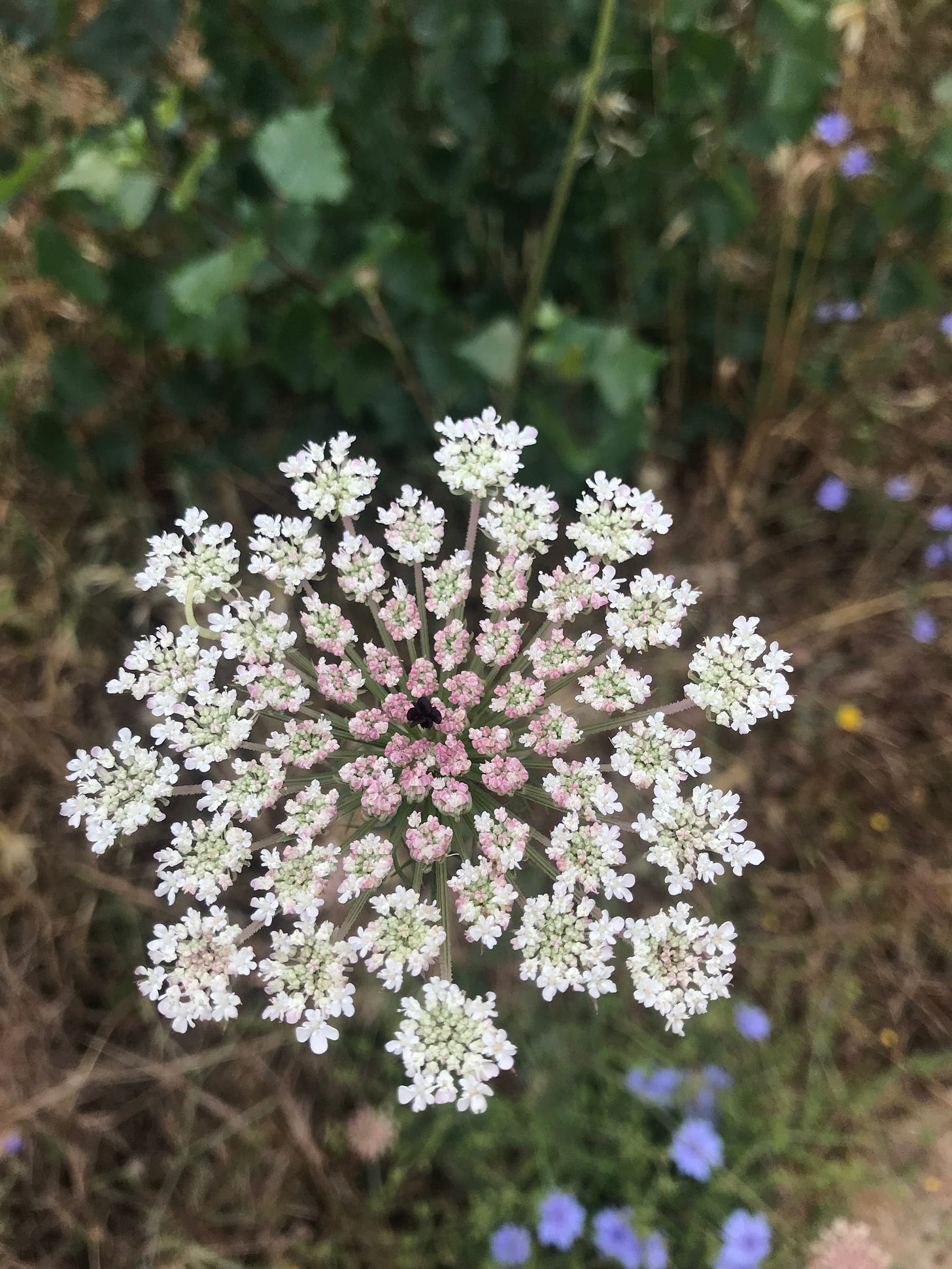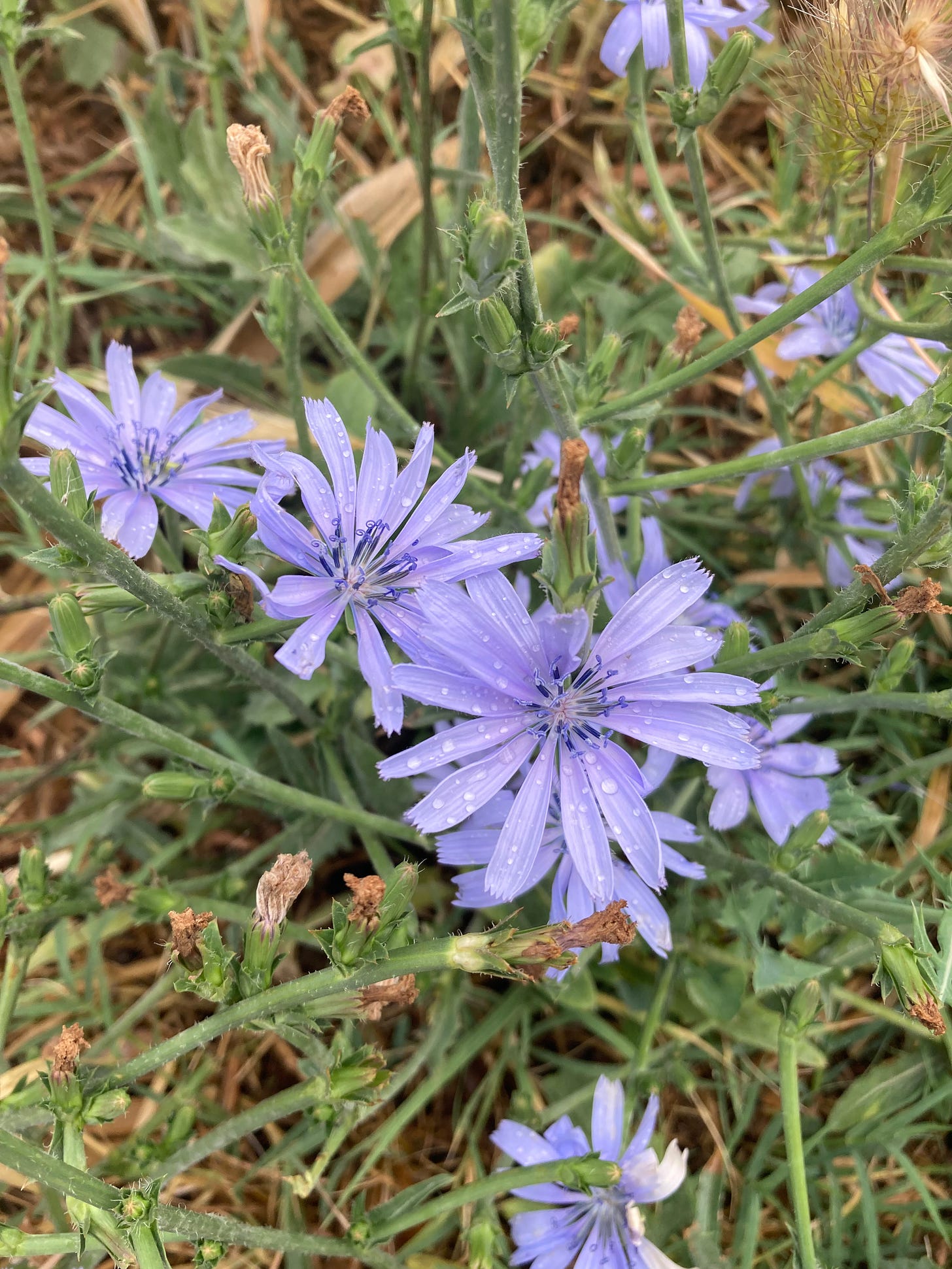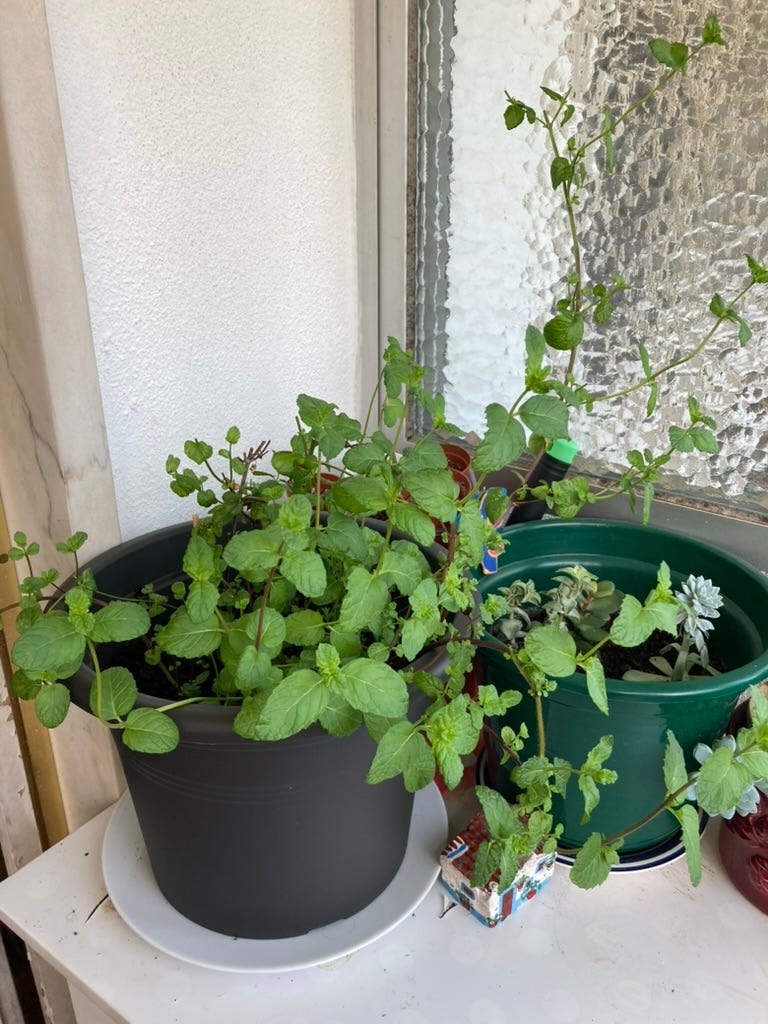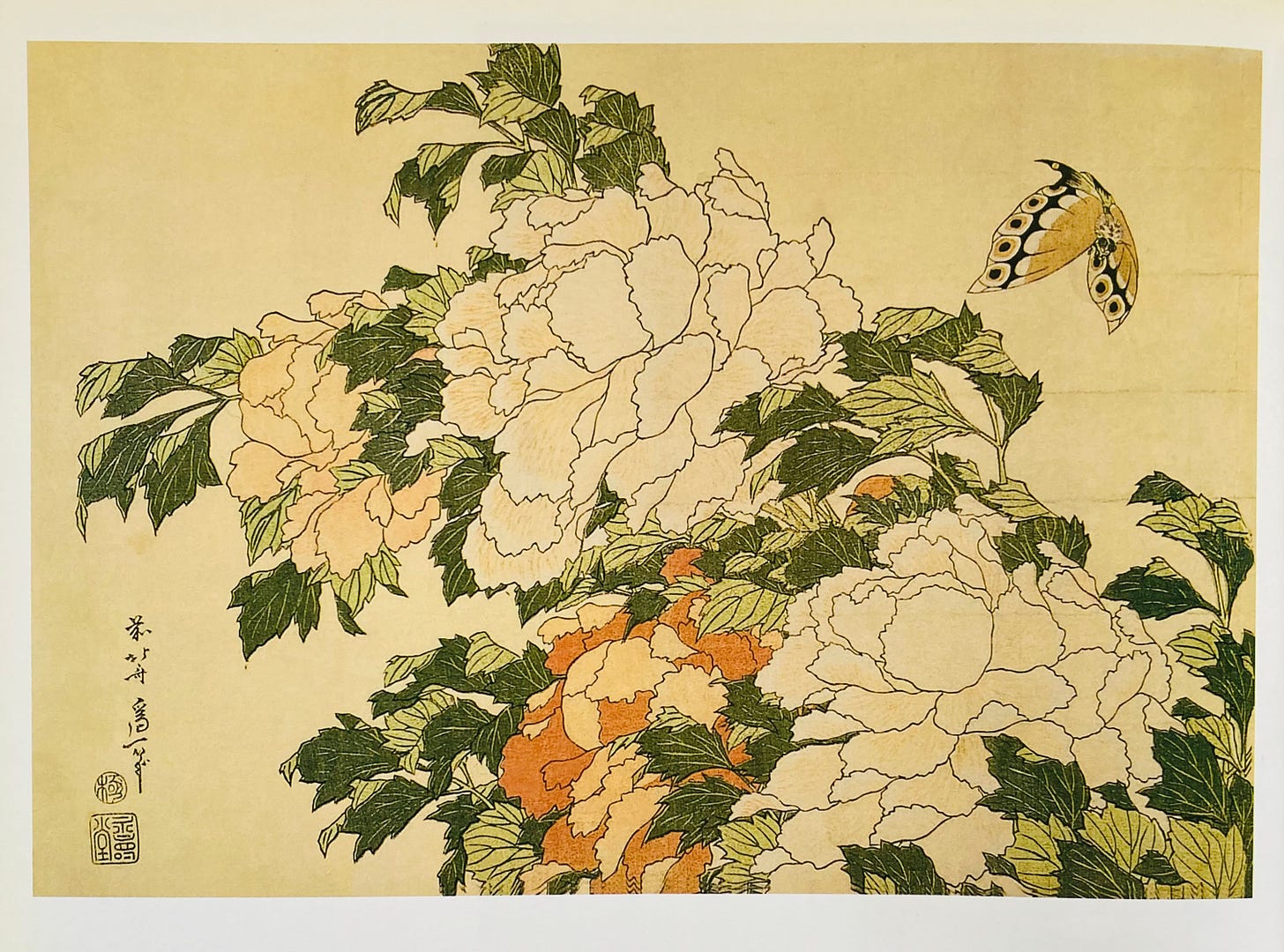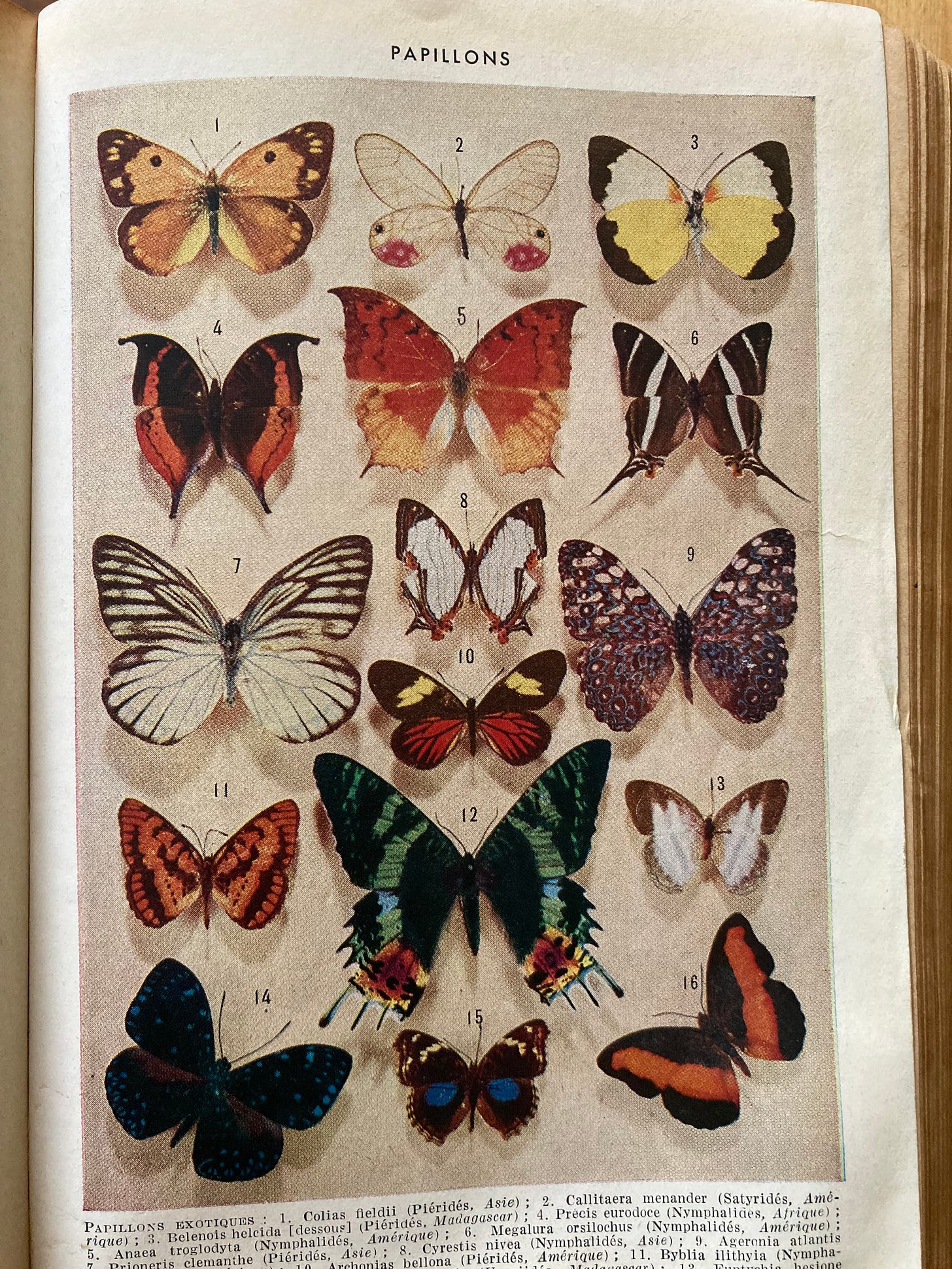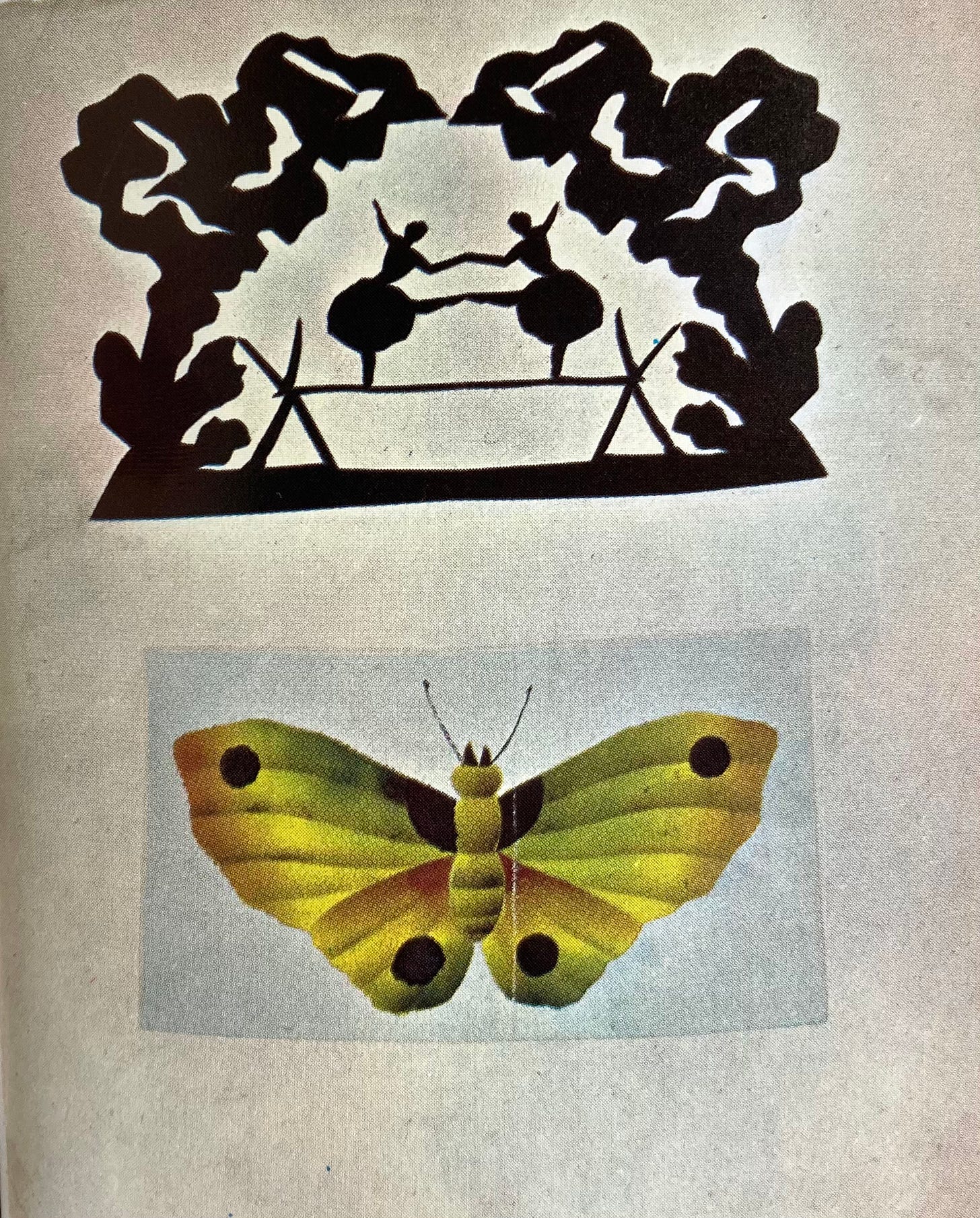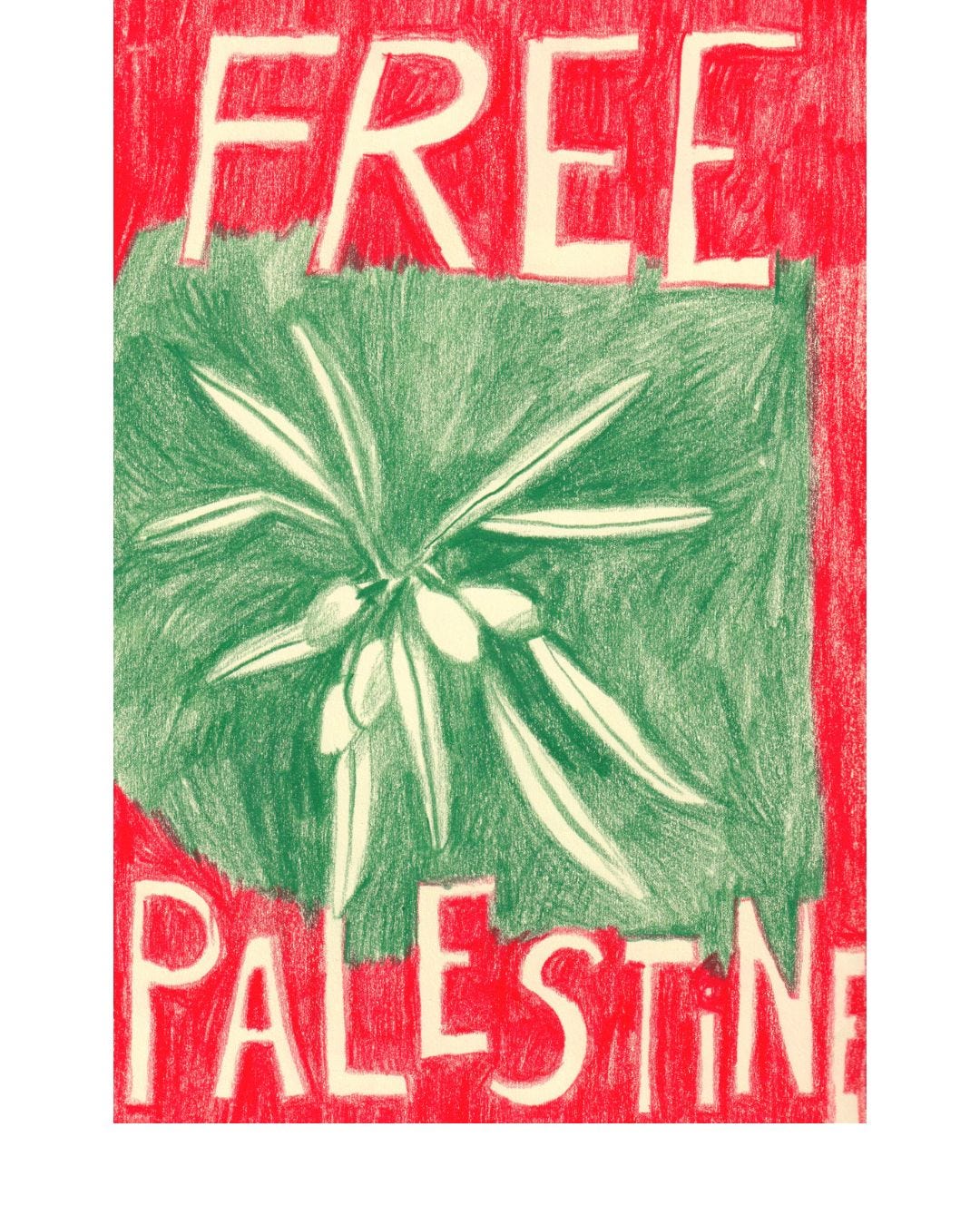Junho/June
Yes. I remember Adlestrop— The name, because one afternoon Of heat the express-train drew up there Unwontedly. It was late June. The steam hissed. Someone cleared his throat. No one left and no one came On the bare platform. What I saw Was Adlestrop—only the name And willows, willow-herb, and grass, And meadowsweet, and haycocks dry, No whit less still and lonely fair Than the high cloudlets in the sky. And for that minute a blackbird sang Close by, and round him, mistier, Farther and farther, all the birds Of Oxfordshire and Gloucestershire.
Edward Thomas, “Adlestrop”
Lá fora,
no mês de Maio foram as Maias, Cytisus striatus, que pontilharam de amarelo a encosta do vale, mas em Junho o reinado amarelo pertence às maravilhosas Tipuanas, Tipuana tipu, que vivem mesmo em frente ao nosso prédio. Quando saio de casa e as saúdo, passo por baixo das suas copas e sou polvilhada de flores amarelas e perfumadas que cheiram a sol e a Verão.
*
Outside,
in May it was the Maias, Cytisus striatus, that dotted the slope of the valley with yellow, but in June the yellow reign belongs to the marvellous Tipuanas, Tipuana tipu, which grow right in front of our building. When I leave the house and greet them, I pass beneath their canopies and am dusted with fragrant yellow flowers that smell of sunshine and summer.
As chicórias, Cichorium intybus, e as cenouras-bravas, Daucus carota, saltam à vista em azul violeta e branco no meio das gramíneas. O vale começa a secar e os verdes a ficarem castanhos claros, os caules estaladiços e em palha. Sente-se o bafo do calor, ouvem-se os zumbidos dos polinizadores e o chilrear dos pássaros, as sementes fazem o seu caminho - voam, são transportadas, saltam e explodem até encontrarem o solo que as acolhe.
*
The chicories, Cichorium intybus, and the wild carrots, Daucus carota, stand out in violet-blue and white amidst the grasses. The valley begins to dry, the greens turning pale brown, the stems crisp and straw-like. One feels the breath of the heat, hears the buzzing of pollinators and the chirping of birds; the seeds follow their course – they fly, are carried, leap and burst until they find the soil that welcomes them.
Páginas que desenhei inspirada pelas cenouras-bravas do Vale para o livro - “Notas sobre a melodia das coisas”, Rainer Maria Rilke, edição Averno.
*
Pages I drew, inspired by the wild carrots of the Valley, for the book – Notes on the Melody of Things, Rainer Maria Rilke, Averno edition.
Cá dentro,
a Hortelã mudou de vaso e tem agora mais terra para expandir as suas raizes. Os gatos arrastam-se entre o sol e a sombra cada vez mais devagar e os humanos acompanham a sua moleza.
*
Inside,
the Mint has been moved to a new pot and now has more soil to stretch its roots. The cats drag themselves between sun and shade ever more slowly, and the humans match their languor.
Sinto o Verão a alongar os seus braços e a instalar-se. Respiro fundo o seu ar abafado.
*
I feel Summer stretching out its arms and settling in. I breathe in deeply its heavy, stifling air.
Hours of the Master of Claude of France 1500
Hosukai
Nouveau Petit Larousse Illustré 1955
Hans Christian Andersen paper cuts
Também há borboletas no mês de Março do Diário Desenhado 2025.
*
There are butterflies in the month of March too, in the Drawn Diary 2025.
A propósito de algumas reflexões e desenhos em que ando trabalhar sobre a ideia de “lugar”, reencontrei um livro a que tinha perdido o rasto - “Genius Loci - Towards a Phenomenology of Architecture” de Christian Norbert Schulz.
A primeira vez que o li foi na biblioteca da faculdade, quando estudava Arquitectura e na altura apresentou-me o significado de Genius loci na Antiguidade Romana, e também uma forma de olhar e conhecer que reconhecia: Fenomenologia. Lembro-me que foi na mesma época em que li “O Olho e o Espírito” de Maurice Merleau-Ponty e ambos os livros foram importantes para mim.
Regresso agora a estes livros, a pensar no Vale, nos desenhos que estou a fazer, na ideia de Lugar, percepção, de Ver, de presença e de pausa, de atenção aos intervalos, do espaço suspenso entre acontecimentos.
*
In connection with some reflections and drawings I’ve been working on around the idea of “place”, I came across a book I had lost track of – “Genius Loci – Towards a Phenomenology of Architecture” by Christian Norberg-Schulz.
The first time I read it was in the university library, when I was studying Architecture, and it introduced me to the meaning of Genius loci in Ancient Rome, as well as to a way of seeing and understanding that felt familiar to me: Phenomenology. I remember it was around the same time that I read “The Eye and the Spirit” by Maurice Merleau-Ponty, and both books were important to me.
I return to them now, thinking about the Valley, the drawings I’m working on, the idea of Place, perception, seeing, presence and pause, attention to the intervals, to the space suspended between events.
Christian Norbert Schulz, “Genius Loci - Towards a Phenomenology of Architecture”
Ao fim do dia, quando o sol se põe, desfrutamos dos voos das andorinhas no céu alaranjado.
*
At the end of the day, as the sun sets, we enjoy the swallows’ flights across the orange sky.
P.S.
Guardo o Post Scriptum para partilhar convosco o que gostei de ver, ouvir e ler.
*
I save the Post Scriptum to share with you what I enjoyed seeing, hearing, and reading.
A ver:
See:
A ler:
Reading:
e 13 Ways of Looking: Jenny Odell
A ouvir:
Listen:
Robert Macfarlane em Emergence Magazine
Amelia Hruby e Cher Dale em Off the Grid
Maggy em Gentle Musings
Convido-vos a visitar em debora-figueiredo.com
*
I invite you to visit debora-figueiredo.com






